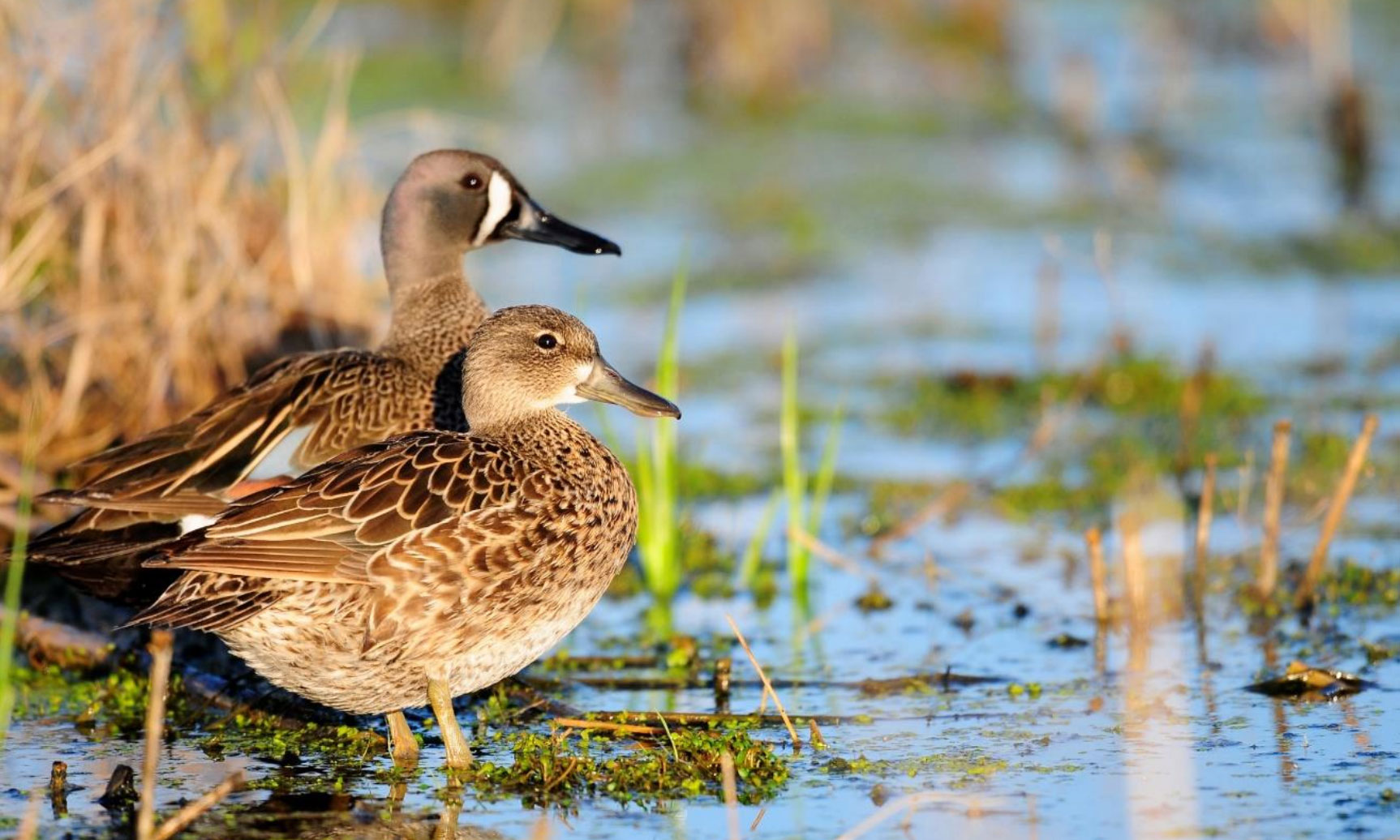The first teal flight for fall 2015 is in the books, and so we begin our 67th year of waterfowl surveys on the Illinois and Mississippi rivers. Frank Bellrose started flying the waterfowl survey back in 1948 when pilots, aircraft, and fuel became available after WWII. Since 1948, we have only missed one fall of data collection. The 2001 survey was not flown due to funding issues and pilot availability. This aerial inventory has a longer history than even the aerial breeding waterfowl population survey of the prairies which originated in 1955. We are proud of this accomplishment and usually note that our long-term database has only had 4 biologist observers over the years. I give kudos to my predecessors Frank Bellrose, Tud Crompton, and Michelle Horath as this fall marks my 11th year in the airplane.
Duck numbers this week for the Illinois River were comparable to the weekly 10-yr average and totaled 31,900 total ducks. Blue-winged and American green-winged teal abundance (23,895) was 7.2% above the 10-yr average (21,975). Total ducks on the Mississippi River were well above the 10-yr average; however, early season duck abundance (8,055 ducks) along the Mississippi River is typically lower than the Illinois River. Teal comprised 92% of the ducks observed this week on the Mississippi River. Other early season migrants noted along both rivers included northern shoveler and northern pintail. The weather forecast from North Dakota predicts above normal temperatures for the first week of September so I doubt we get a wave of migrating teal out of the prairies anytime soon.
My early September estimate of wetland habitat conditions for waterfowl this fall ranked well below average for both the Illinois and Mississippi rivers. It was a wet June-July and consequently our rivers were elevated for most of the growing season. The last rise in water levels in late August destroyed any chance for waterfowl foods in the unprotected wetlands of the Illinois Valley. Most of the refuges and duck clubs along the Mississippi River had below average moist-soil plant growth as well. Some notable exceptions include Ted Shanks, Delair, Keithsburg, and Port Louisa refuges. Along the Illinois River; Hennepin & Hopper lakes, Banner Marsh, and Emiquon were the only places with significant amounts of duck food.
Good luck teal and Canada goose hunting and stay tuned for more updates next week…

